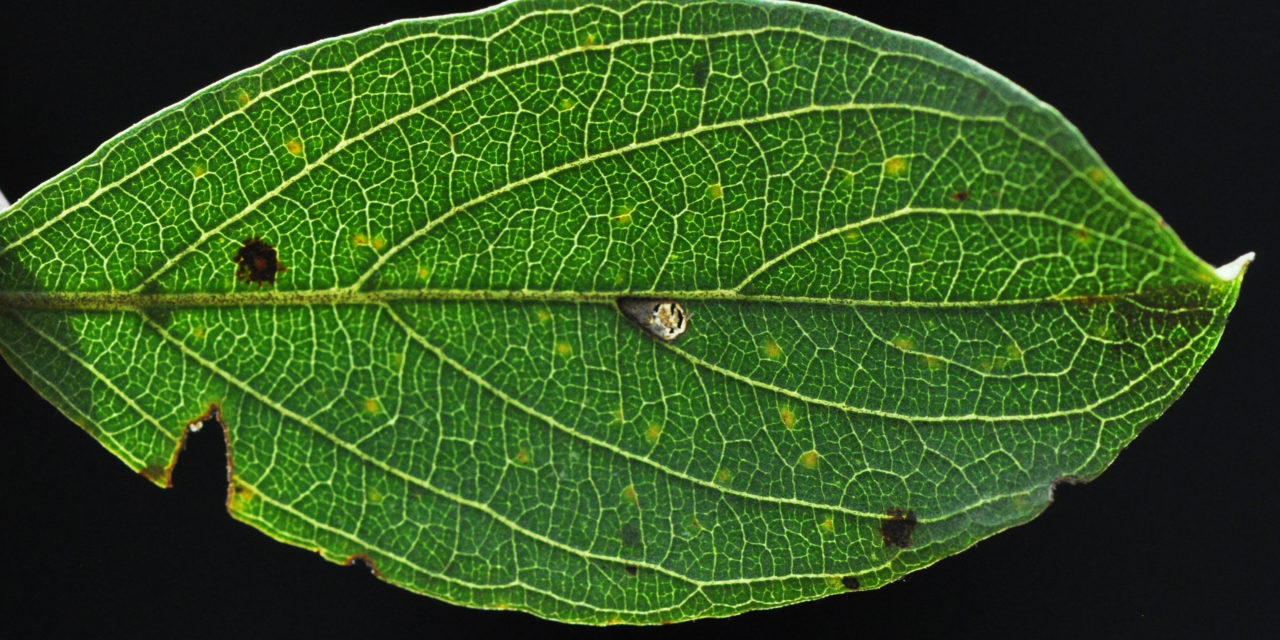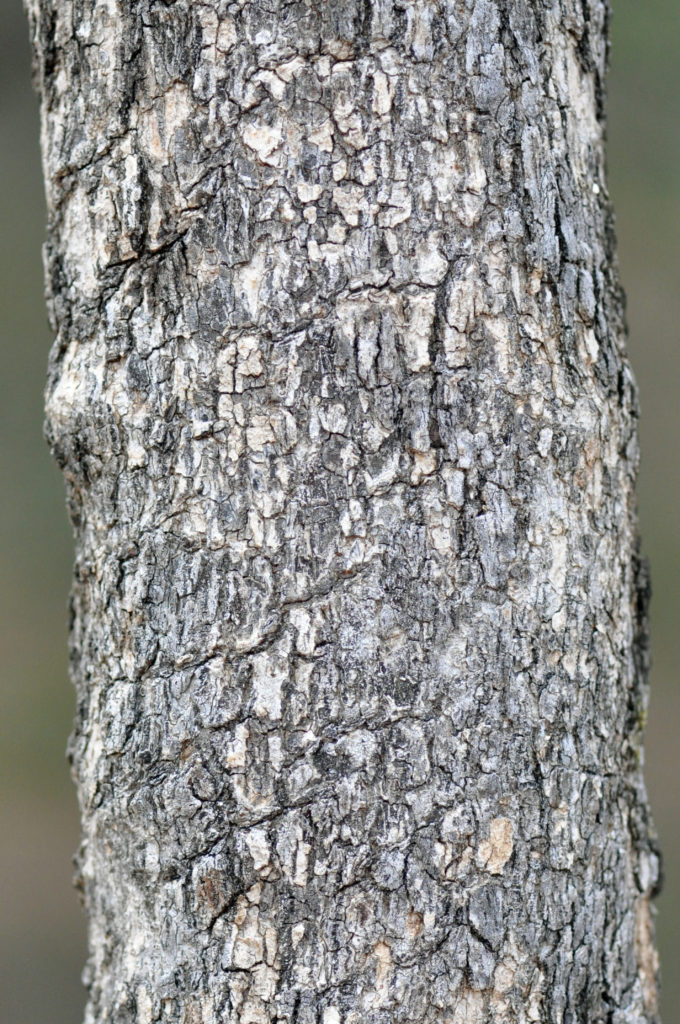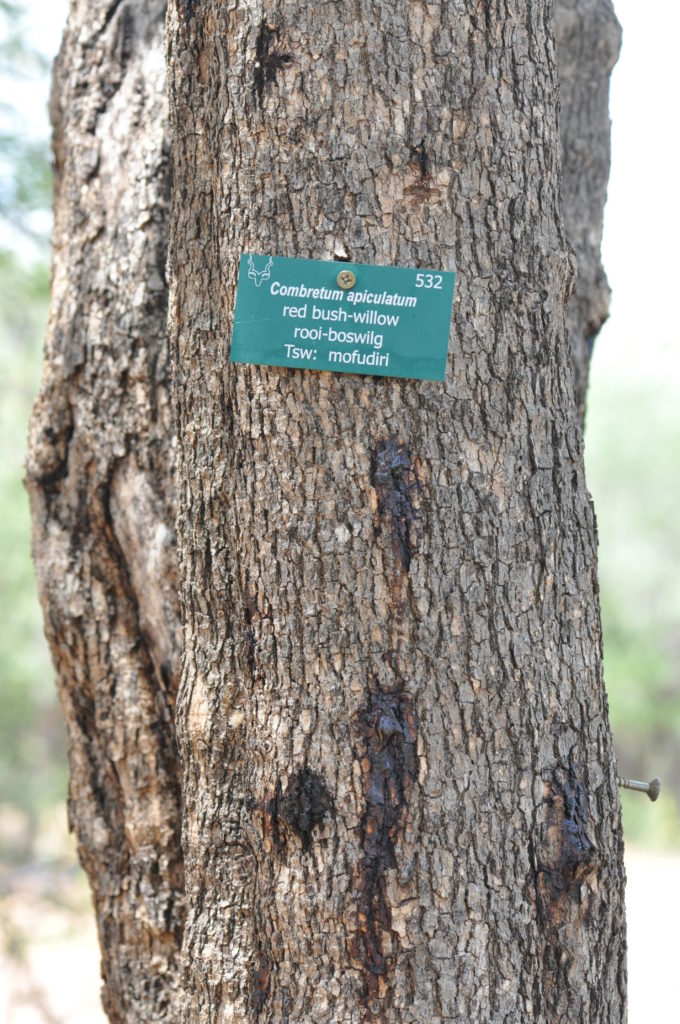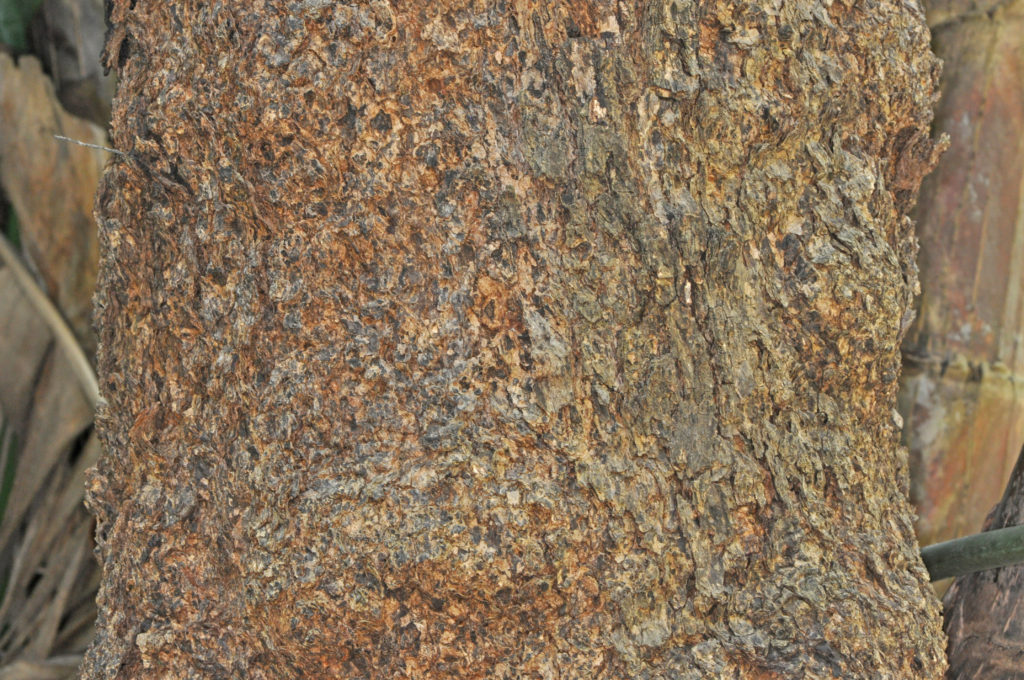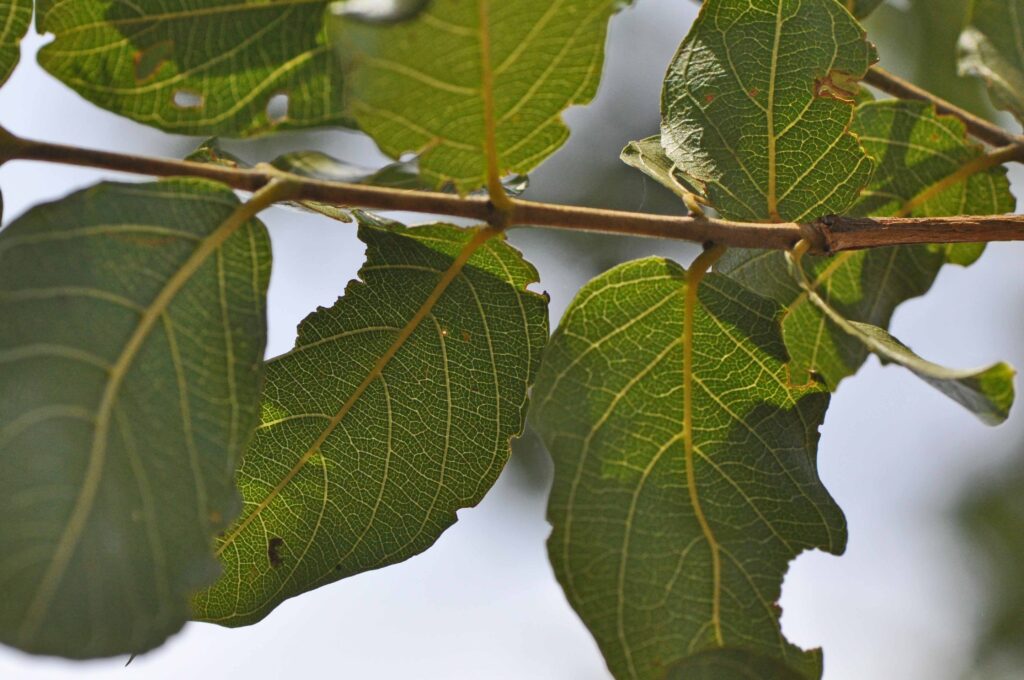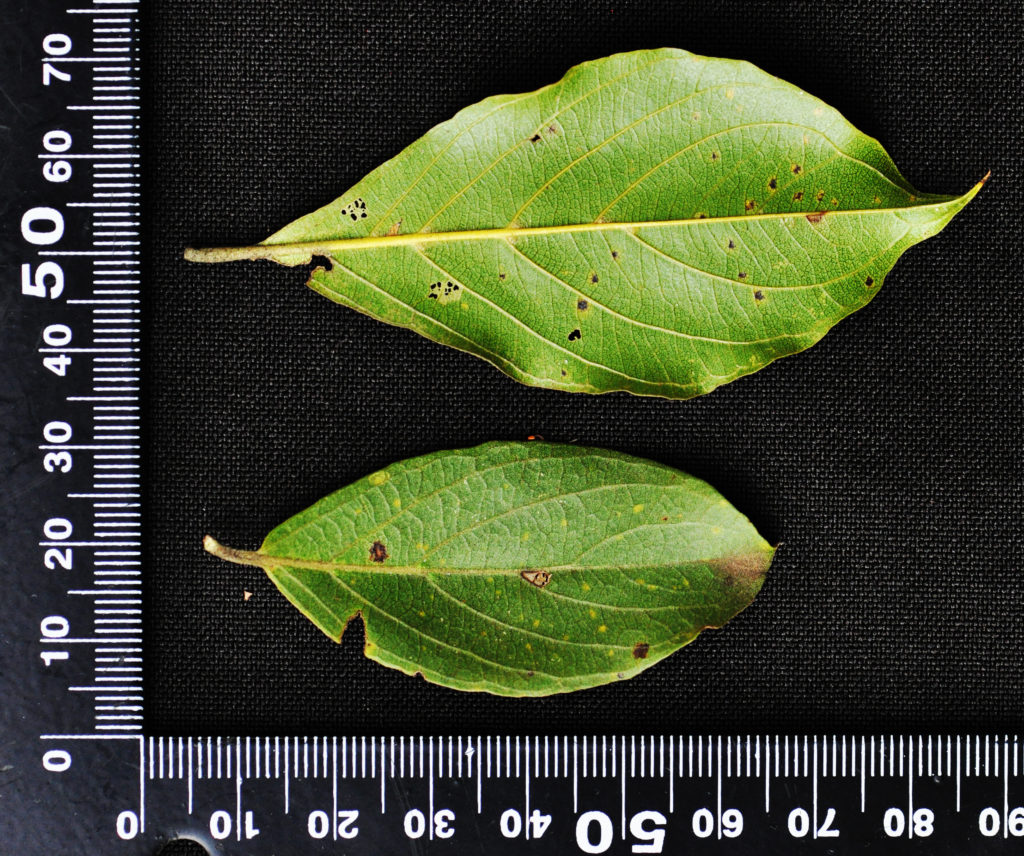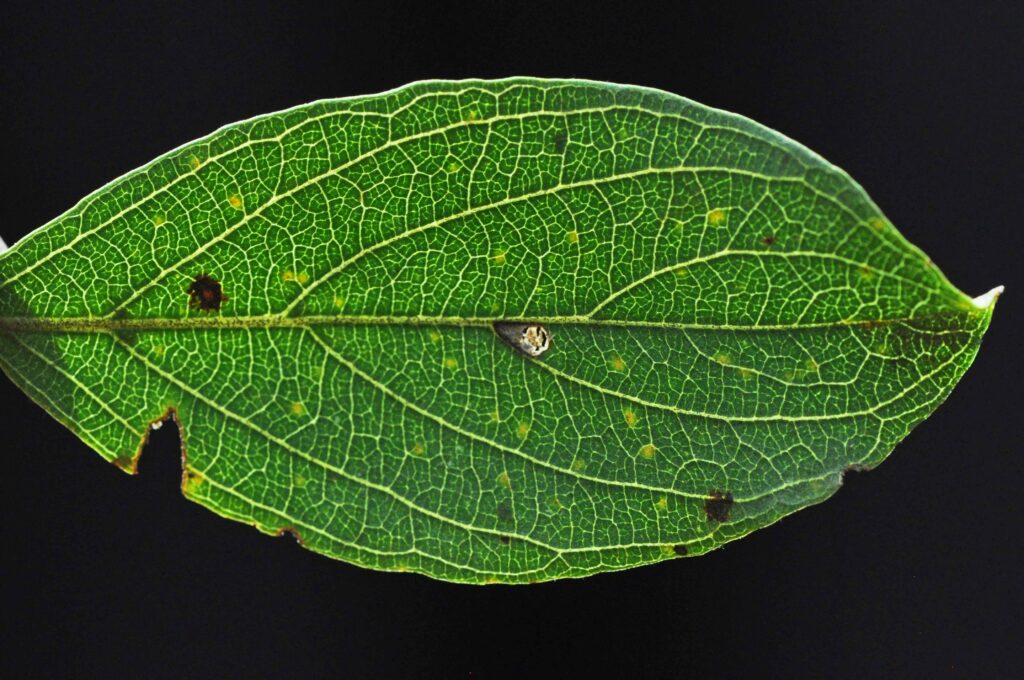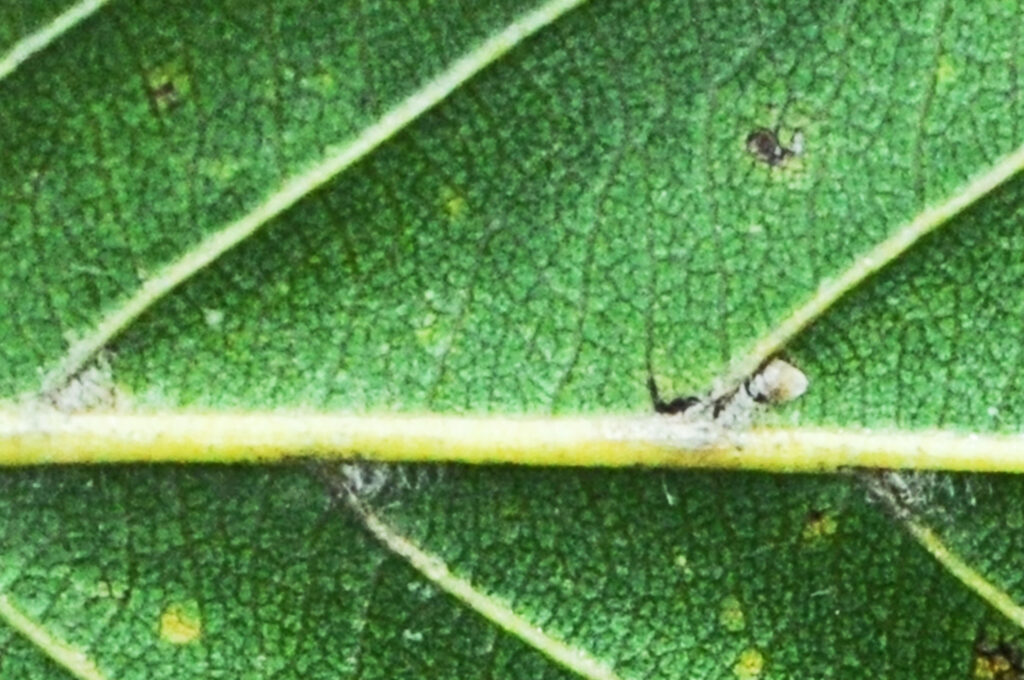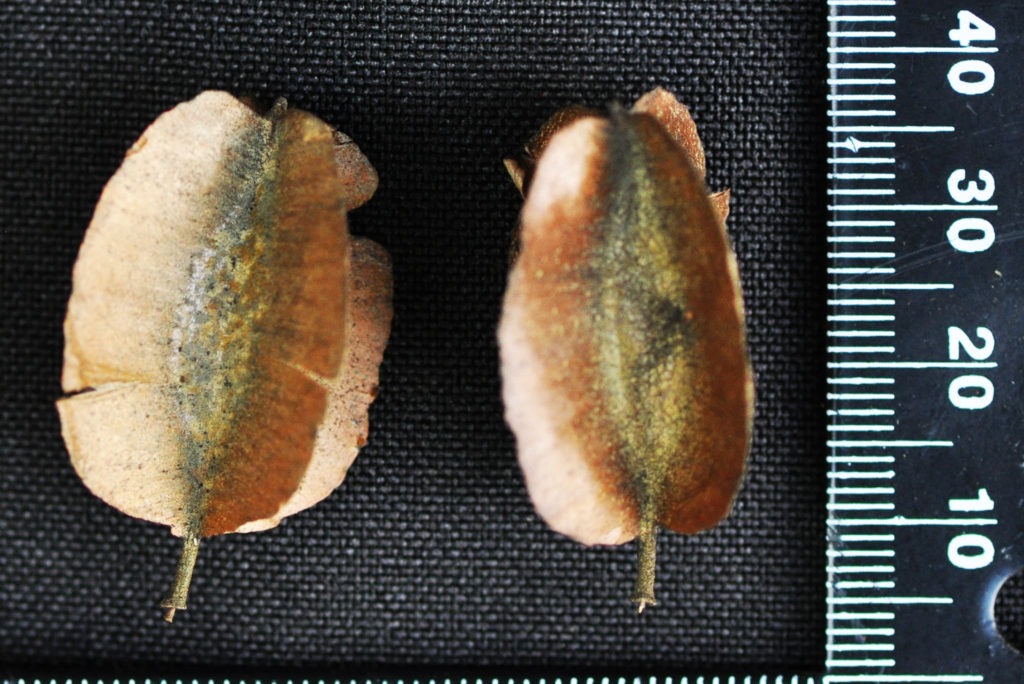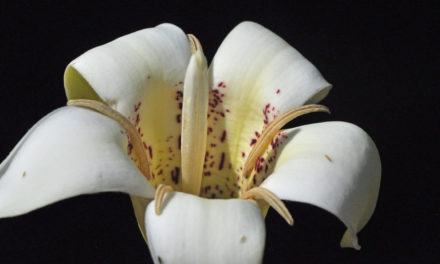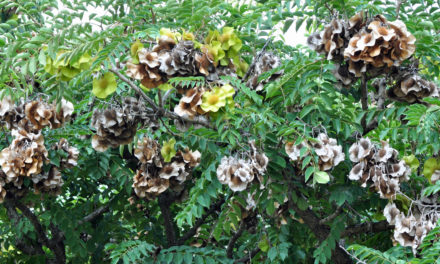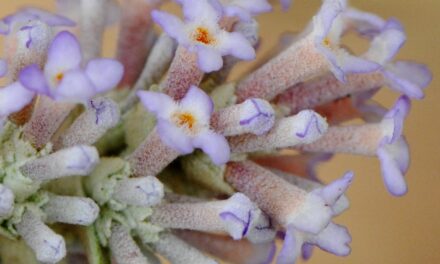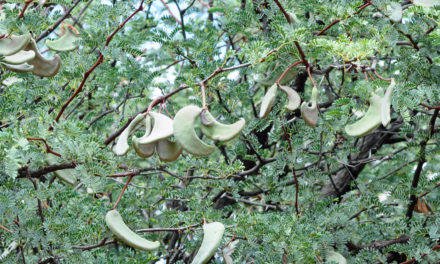Combretum apiculatum subsp. apiculatum
General Info – summary
This usually single stemmed, deciduous Tree with a dark brown bark is up to 10m high and has a trunk up to 30cm wide. Domatia may be present on the simple, variously shaped Leaves that are wavy, have entire margins and lack stipules. Bisexual, yellowish, regular, 4-merous, highly scented Flowers have inferior ovaries and develop in spikes on leaf axils. The 4-winged indehiscent Fruit has a single low-density seed.
Description
Previous Names: Combretum apiculatum subsp. boreale, Combretum buchananii
Combretum apiculatum subsp. leutweinii only occurs in countries just to the north of South Africa: Botswana, Namibia Caprivi Strip, Malawi, Mozambique, Namibia, Zambia, Zimbabwe.
SA Tree No. 532
Common names: (Afr) Rooiblaar, Rooiblad, Rooibos, Rooibos, Rooiboswilg, Vaderlandswilg. (Eng) Bush Willow, Mohwelere-tshipi, Red Bush Willow, Sabi Willow. (Northern Sotho) Mohwelere, Mohwelere-tshipi. (isiZulu) Imbondwe-omnyama, Umbondwe. (Setswana) Imbondvo, Imbondwe-omnyama, Mogoeleri. (siSwati) Imbondvo, Imbondvo-lemhlophe, Inkukutu, Umbondomnyama. (Tshivenda) Mugavhi+3, Musingidzi. Muvuvha. (Xitsonga) Ndhuva, Xikukutsu.
Family: Combretaceae (Bushwlillow family). In this family, there are about 16 genera, which contain about 530 species. In South Africa, there are 5 genera and 41 species. Genera with Trees on this website include Combretum, Lumnitzera, Pteleopsis and Terminalia. The simple and usually entire Leaves lack stipules. Flowers are usually bisexual. There are usually twice the number of stamens as sepals or petals. The inferior Ovary has 1 locule and usually only 1 of the ovules develops into a seed. Fruit is usually indehiscent and may be winged or ridged.
Name derivation: Combretum – Name given by Pliny (23-79AD). apiculatum: is based on the shape of the leaf apex which ends in a twisted, short sharp point. There are in excess of 20 species of the Genus Combretum in South Africa.
Conservation: National Status: L C. (Least Concern). Assessed: Raimondo et al. (2009).
Tree
This attractive, small to medium sized Tree may reach a height of 3 to 10m. The usually single trunk has a diameter of up to 30cm and may be curved. This plant may be a shrub. This unarmed tree has a scanty Crown. The reddish-brown Branches tend to hang down – somewhat like a willow. The initially smooth Bark is stringy on Twigs (1-year-old current branch segments). The trunk becomes scaly, dark grey (photo 131) to dark brown (photo 341) or black and may be cracked or flaking. Slight fissures develop and these become rough with age (photo 648).
- 131. 2014/02/17. Marakele NP. Photo: David Becking.
- 341. 2014/02/18. Marakele NP. Photo: David Becking.
- 648. 2014/09/14. Lowveld NBG Photo: David Becking.
Leaves
Young Leaves are glutinous (like glue, sticky, viscid, gummy). Leaves may have a slightly varnish like sheen (a small gentle brightness – photo 118). Older leaves are less shiny (photo 324), are olive green and slightly lighter below (photo 118). They may reach 13 x 8cm but are usually smaller (photo 118). Nodes are the points on a stem where the buds, leaves, and branching twigs originate. The spaces between nodes is the Internode). The leaves are usually opposite, but may be alternate or 3-whorled at nodes. The variable leaves may be widely lanceolate, ovate, oblong, obovate-elliptic or oval. All may all appear at the same time on this deciduous tree. They may be thinly leathery, olive green and simple (have a single blade, which may have incisions that are not deep enough to divide the leaf into leaflets). In winter, the leaves change and become an attractive brownish red or yellow. Using a hand lens, minute gland dots may be visible on the lower side of the leaf. They become clearly visible if the leaf is held against a strong light (photo 123). In this photo, the 5-7 pairs of main lateral Veins are also clearly visible. In the field, a hand lens will help. The yellowish side veins tend to arch towards the apex. They mainly protrude below and here rusty coloured hairs may be present. Linking these lateral veins are ladder-like connecting veins (photo 123). A bent leaf does not reveal a waxy margin. The Apex may form a slender, distinct, twisted and diagnostic drip tip (photos 118 & 123). It may also be rounded. The Base is narrowed, rounded or slightly lobed. The Petiole (leaf stalk) is up to 1cm long (photo 118). Stipules (basal appendages of the petiole) are absent. The Margin is wavy (photo 118) and entire (with a continuous margin, not in any way indented). Possibly present in vein axils are hair tuft Domatia (tiny chambers produced by plants that house arthropods. To the naked eye, domatia appear as small bumps – photo 124).
- 342. 2014/02/18. Marakele NP. Photo: David Becking.
- 118. 2018/04/29. Nylsvley NR. Photo: David Becking.
- 123. 2018/04/29. Nylsvley NR. Photo: David Becking.
- 124. 2018/04/29. Nylsvley NR. Photo: David Becking.
Flowers
The greenish to creamy yellow/green and heavily scented small Flowers appear together with the new leaves. They develop in up to 4 small axillary Spikes (simple indeterminate inflorescence with sessile flowers on a single unbranched stalk). These spikes are up to 5 x 1cm and occur in leaf axils. The flowers are bisexual and actinomorphic (Regular, symmetrical and are vertically divisible into similar halves by more than 1 plane passing through the axis). The Receptacle (that expanded tip of the flower stalk from which the floral parts develop) is divided into an upper and lower part. Individual flowers have a Calyx containing 4 Sepals. These form an extension above the ovary. The 4 Petals in the Corolla have lobes that are triangular and fringed with hairs. The 8 Stamens are in 2 whorls, which are borne inside the upper receptacle. The Anthers are dorsifixed (attached by or at the back) and versatile (hung or attached near the middle, and usually move freely). Within the Gynoecium (the female element of the flower) is a single Pistil composed of the completely inferior, 1-locular Ovary and the free Style ending in the Stigma. The ovary has 1 Locule (chamber within an ovary). The inferior ovary can be mistaken for a Pedicle (flower stalk). (Sep-Feb).
Fruit
The sticky when young, 4-winged, low density, indehiscent Fruit rests on a stalk (photo 131), is round to almost ovoid and up to 3 x 2,5cm. It usually has 4 distinct thin papery wings that are up to 7mm wide. Young green fruit is sticky whereas mature fruit has a satiny sheen and becomes a glossy yellowish green to reddish-brown (photo 131). The fruit remains on the tree for an extended period and contains a single Seed that lacks endosperm (the starch and oil-containing tissue of many seeds; often referred to as the albumen). (Jan-May and may remain until Oct).
- 131. 2018/04/29. Nylsvley NR. Photo: David Becking.
Distribution & Ecology
These Trees are not endemic in South Africa. They commonly occur together with Mopane trees (Colophospermum mopane – often called butterfly-winged trees). Combretum apiculatum subsp. apiculatum trees grow on rocky hillsides with granite (a coarse grained intrusive rock with a high concentration of silica) and rhyolite (is an extrusive quick cooling igneous rock formed during eruptions). These plants grow in low altitudes (lowveld and dry mixed Bushveld), with medium rainfall, in well-drained soils. This tree is a widespread African species occurring in mixed tree veld. Provincially it is located in KwaZulu-Natal, Gauteng, Mpumalanga, Limpopo and North West. Beyond South Africa, they occur in Eswatini (Swaziland), Mozambique (fairly widespread), Botswana, Zimbabwe, Angola, Malawi, Namibia and northwards into tropical Africa. The Flowers attract bees and ants. Many animals including domestic animals as well as Kudu, Giraffe, Elephant and Eland eat the nutritious Leaves. Larvae of the Striped Policeman butterfly (Coeliades forestan forestan) feed on the leaves and occur from the Eastern Cape to Zimbabwe and Botswana. Bushbabies consume the Gum arising from wounds. The Brown-headed Parrots, (Poicephalus cryptoxanthus) with their strong beak open fruit and eat the possibly poisonous (for us) Seeds.
N.B. Combretum apiculatum subsp. leutweinii occurs in following countries, all beyond South Africa: Botswana, Namibia – Caprivi Strip, Malawi, Mozambique, Namibia, Zambia and Zimbabwe.
Ethnobotany
This relatively small, attractive plant is a good garden prospect. The presence of this tree is considered an indicator of mixed veld (combination of Sweetveld – slightly acidic – provides good grazing, and Sourveld – veld that is largely covered with coarse seasonal perennial grasses and affords inferior grazing). The hard, termite resistant Wood is fine grained. It has pale sapwood and dark heartwood. It makes good fence posts, and is used for furniture, mine props and pestles (a heavy tool with a rounded end, used for crushing and grinding substances). The wood also makes an excellent charcoal. The tree is fire resistant. However, its relatively thin Trunk limits its uses for man. Bark extracts are used to tan leather. Cattle graze Leaves – especially just before and after they fall. Tea can be made from the leaves. The slow growing Seeds and cuttings are suitable for reproduction. Seeds may be toxic to people. When present, the Gum is edible. This drought resistant tree, with its golden yellow colours in autumn, does best in rocky or sandy areas and makes a good garden shade tree. Local medicine makes use of leaves and ashes.
References
Boon, R. 2010. Pooley’s Trees of eastern South Africa. Flora and Fauna Publications Trust, Durban.
Burrows, J.E., Burrows, S.M., Lotter, M.C. & Schmidt, E. 2018. Trees and Shrubs Mozambique. Publishing Print Matters (Pty) Ltd. Noordhoek, Cape Town.
Coates Palgrave, M. 2002. Keith Coates Palgrave Trees of Southern Africa, edn 3. Struik, Cape Town.
Foden, W. & Potter, L. 2005. Combretum apiculatum Sond. subsp. apiculatum. National Assessment: Red List of South African Plants version . Accessed on 2025/01/11.
Lawrence, G. H. M, 1951. Taxonomy of Vascular Plants. The Macmillan Company, New York. Tenth Printing 1965.
Palmer, E. & Pitman, N. 1972. Trees of southern Africa. Balkema, Amsterdam, Cape Town.
Schmidt, S. Lotter, M. & McCleland, W. 2002. Trees and Shrubs of Mpumalanga and the Kruger National Park. Jacana, Johannesburg.
van Wyk, B. & van Wyk, P. 1997 Field guide to Trees of Southern Africa. Struik, Cape Town.
http://uses.plantnet-project.org/en/Combretum_albopunctatum_(PROTA)
http://www.plantzafrica.com/plantcd/combretumapicapic.htm
http://posa.sanbi.org/flora/browse.php?src=SP
Combretum apiculatum subsp. apiculatum | Plants of the World Online | Kew Science
Thabo Masupa & Esther Rampho. Pretoria National Herbarium. January 2011 .

